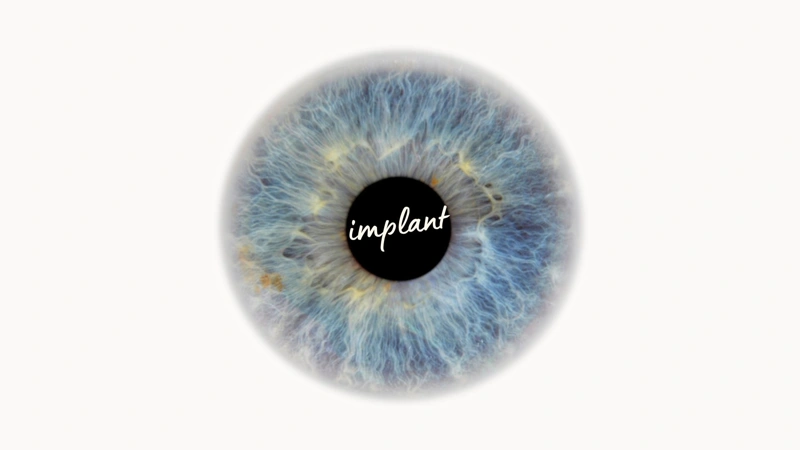Implant restores vision lost to aging

The device, known as PRIMA, a photovoltaic retina implant microarray, is only 2 millimetres wide and 30 micrometres thick. Implanted surgically beneath the retina, it replaces the light-sensitive cells lost to AMD and electrically stimulates the remaining retinal neurons. These neurons then transmit signals to the brain’s visual cortex, allowing patients to perceive light and form images.
Unlike earlier retinal prosthetics, PRIMA is fully wireless. It receives visual information from a pair of glasses equipped with a camera, which captures images and converts them into patterns of infrared light projected onto the implant. Because the implant itself is powered by light, it requires no internal batteries or cables, a significant advancement in comfort and design.
Results
The clinical trial involved 38 participants with severe dry AMD across 17 sites in five European countries. A year after implantation, 80% of them showed a clinically meaningful improvement in vision. On standard eye charts, most could read two additional lines compared to their pre-surgery results.
Most participants continued to use the system at home, reading words and numbers and reporting medium to high satisfaction with the device. The improvements were especially notable given that advanced dry AMD, which affects around five million people globally, has long been considered incurable. The disease destroys the retina’s central light-sensitive cells, leaving patients unable to perform basic tasks such as reading or recognizing faces, while peripheral vision remains intact.
Limitations
While the study showed clear benefits, some limitations remain. The restored vision is black-and-white, and the resolution (determined by the implant’s 381-pixel array) allows for only slow and effortful reading. Some experts also cautioned that the lack of a placebo-controlled group makes it difficult to separate real visual gains from the effects of training and motivation. Still, the safety board overseeing the trial concluded that the benefits outweighed the minor surgical risks observed.
The technology could eventually help people with other retinal disorders, such as retinitis pigmentosa, in which photoreceptor cells die but other retinal neurons remain intact. Beyond implants, researchers are also exploring stem-cell treatments, optogenetic therapies that make surviving cells light-sensitive, and even direct implants into the brain’s visual cortex.
Earlier, Kazinform News Agency reported that the scientists identified skin issues as possible markers of poor mental health.
